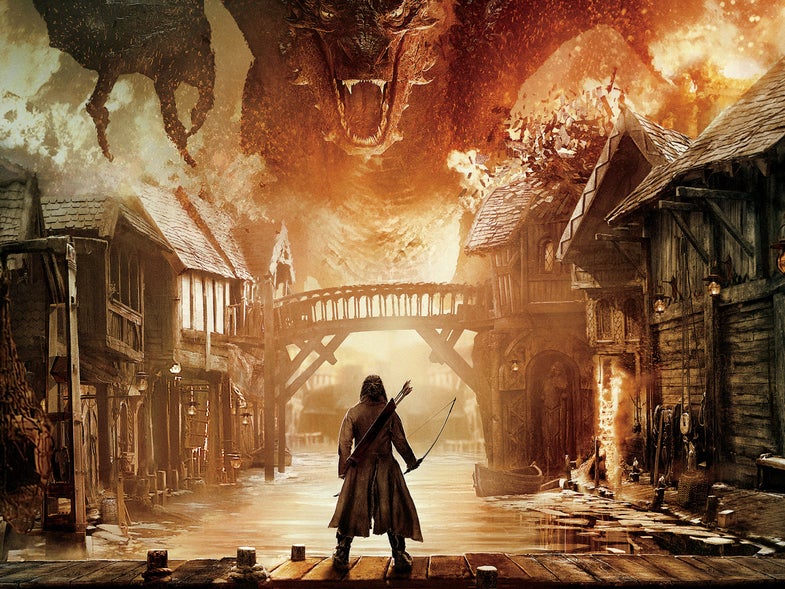The Most Amazing, Difficult, And Gorgeous Special Effects Of 2014
VFX guru Paul Debevec talks about this year's best movie magic


‘That’s Impossible, Even For A Computer!’
Great animation takes more than building the character with the highest pore-count or spending the most money on explosions. It takes science, artisanship, and rigorous attention to detail. Computer graphics researcher Paul Debevec ought to know—his work has been used to create movies like The Matrix and Avatar. We spoke to Debevec about his favorite motion picture innovations from the past year. Click through as we dive into the techniques used in eight great new movies.

Boxtrolls

Down of the Planet of the Apes

The Tale Of The Princess Kaguya

Birdman

The Hobbit: The Battle Of The Five Armies

Interstellar

Captain America: The Winter Soldier
